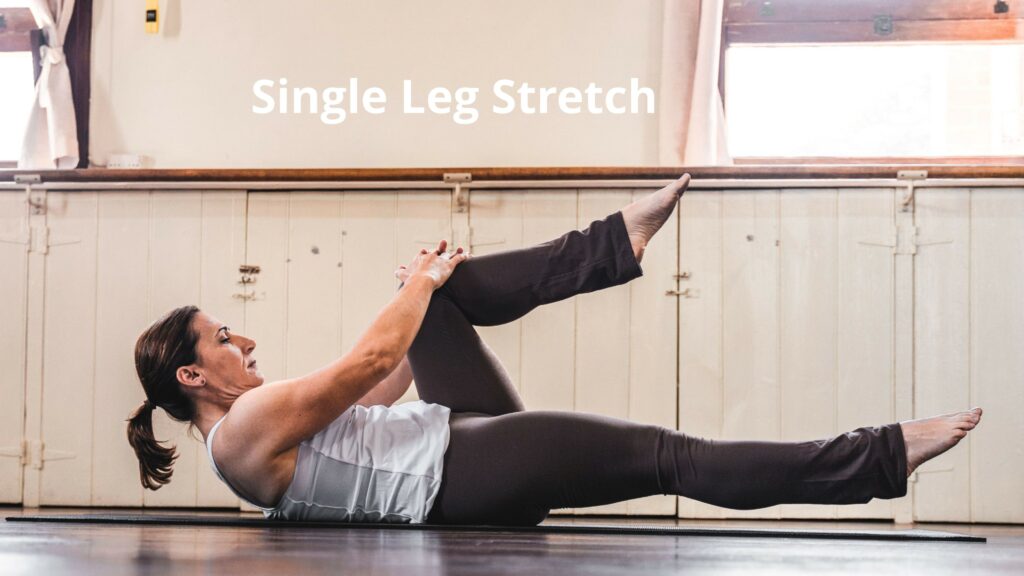High-Low Impact
We all know there’s more than one way to get a good workout. When it comes to cardio, you’ve got choices – high-intensity, low-intensity, high-impact, low-impact and even non-impact. You can indeed mix and match those options to meet your goals – for example, a high-intensity low-impact workout.
But before we get into what all of those adjectives strung together actually mean, let’s define the one cardio option that often gets a ‘‘bad rap’’ as it’s the most misunderstood:
The low-impact workout
Low-impact workouts include movement in which at least one foot (though sometimes both) is on the ground at all times. This will increase your heart rate while minimizing the amount of stress or impact your joints are under. In other words, low versus high-impact workouts are actually about how much force a movement puts on your body.
Benefits of Exercises Without High Impact Low- and non-impact workouts have myriad benefits. You’ll obviously lower your risk of injury because you put less stress on the body overall. In this way, low-impact is a great workout option for those who already deal with restrictions like arthritis, injury recovery or obesity. It’s also a great choice for those who are new to exercise because they can get into the routine of exercise without risking overuse injuries.
Along those lines, low-impact is more sustainable over prolonged periods. You can work out more often and recover more quickly on a low-impact workout with less overall stress to the body. Sound good?
Pilates is primarily a non-impact workout option because it is inherently stabilizing – workouts include sitting, lying or standing movements in all three planes guided by the powerhouse. Your body uses either gravity or a wide variety of other spring-based equipment to provide assistance and resistance.
Remember in Pilates, you are working with your own muscles and body weight (not momentum from pounding the earth) to gain strength. Pilates also helps build stability, flexibility and stamina, especially for postural muscles. And this…is why it’s a favourite non-impact workout for so many, including us!
Try one of the most popular Pilates Mat exercises, the “single leg stretch”
- Inhale to hold one knee and exhale as you stretch the opposite leg.
- Make sure to keep your back connected to the floor at all times.
(If you have prior lower back pain or any other injury, you should perform all exercises with your Exercise professional or Physical therapy practitioner).

Remember, Success isn’t always about ‘‘greatness, it’s about consistency.
Now, some news from our clinic
Looking at the Hip – Part 1
As a Massage Therapist, I feel empowered by the fact that I can use my hands as a powerful tool, to help alleviate musculoskeletal pain and discomfort.
Hip Osteoarthritis (OA) is a degenerative joint disorder characterised by wear and tear of the articular cartilage leading to compromised hip joint function.
According to the World Health Organisation, 7.1% of adults between 18-44 years old, 30.5% aged 45-64, and 50.4% over 65 report doctor-diagnosed arthritis.
Hip OA manifests with pain, stiffness, reduced range of motion, muscle weakness, and in some cases swelling.
Hip OA particularly in the early stages, responds well to movement and soft tissue massage techniques that restore muscle balance, reduce protective muscle spasms, improve range of motion and reduce pain.
I look forward to helping you with massage therapy, advice and exercise, to alleviate hip OA pain and discomfort!
Yours in Exercise and Manual Therapy
Georgia